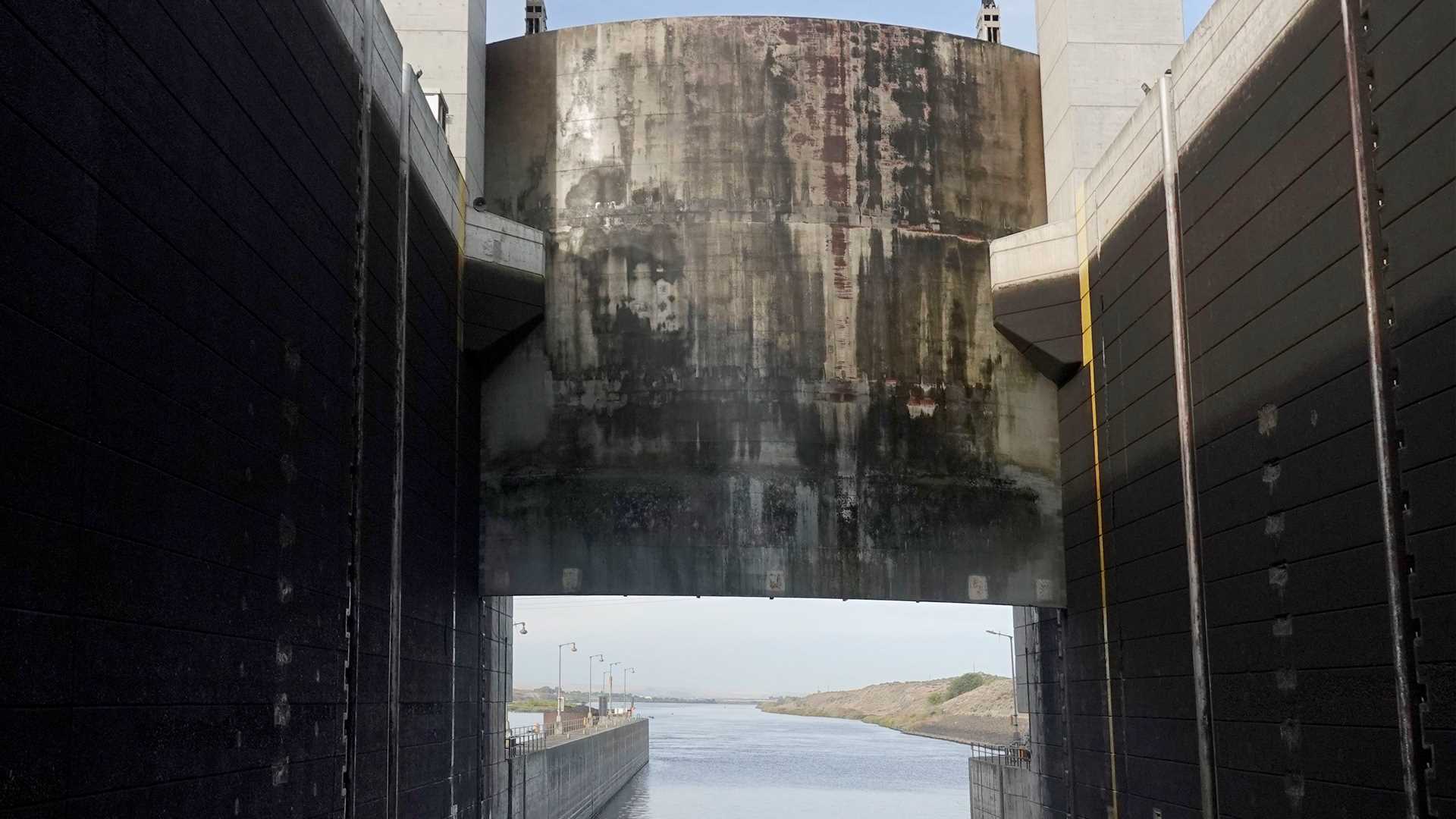Early in the morning, we transited the Ice Harbor Dam on the Snake River dropping approximately 100ft and then had a lovely brunch. We arrived at the confluence of the Snake and Columbia rivers and took Zodiacs ashore to the Sacagawea State Park. The Confluence area was significant to the Indigenous people of the region for millennia as a place to gather and trade. This particular spot was also historically significant to the Lewis and Clark Expedition, which camped here in October of 1805 and surveyed the confluence area. Half of us started with a visit to the REACH Museum with exhibits on the natural, cultural, and scientific history of Hanford Reach and the Columbia Basin area, while the other group took in Sacagawea State Park, the interpretive center, and the Confluence Project installation by Maya Lin. We then switched so everyone could enjoy both sites.
4/24/2025
Read
National Geographic Sea Bird
Hood River
Unseasonably warm and dry weather continued to grace us as we proceeded with our expedition down the Columbia River. The morning was crisp as we disembarked in Hood River, Oregon, but quickly warmed up as we boarded our coaches. Our explorations began at Multnomah Falls, the number one tourist attraction in the state of Oregon. After we experienced this astounding cascade, some of our guests proceeded to Beacon Rock for a scenic climb up this 800-foot tall, aged lava plug. Others went to the Bonneville Fish Hatchery where we visited a local icon, Herman the sturgeon. Then both groups of explorers met at the Columbia Gorge Interpretative Center for Syncline wines and an overflowing helping of intriguing local history. As the superb weather continued, we voyaged back to National Geographic Sea Bird for a lovely afternoon of classic cruising down the Columbia River. Guests enjoyed the sun on deck or an engaging presentation on how climate change is affecting migratory birds. Complimentary water-level views of Multnomah Falls followed, and our last transit through a lock of this trip – a lovely passage through the Bonneville Lock and Dam. Photos by Doug Crispin and Alex Rubenstein







